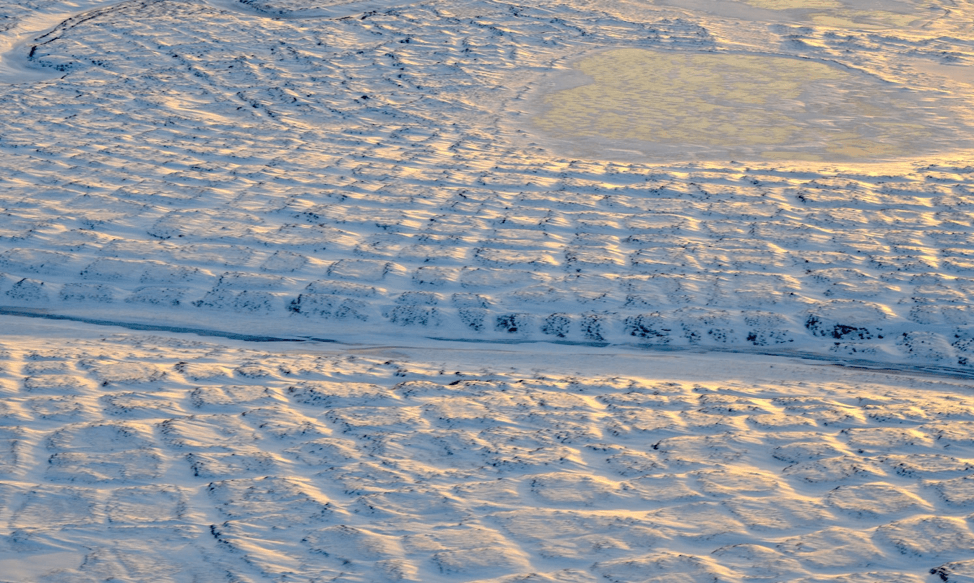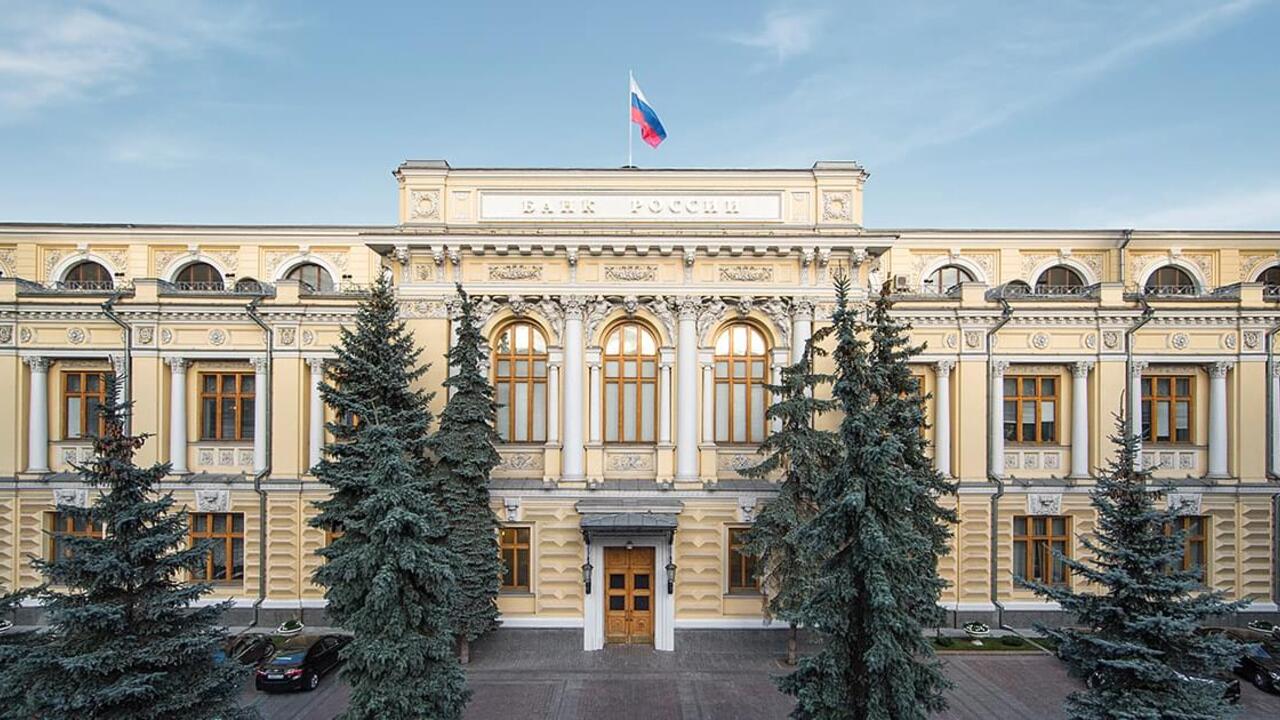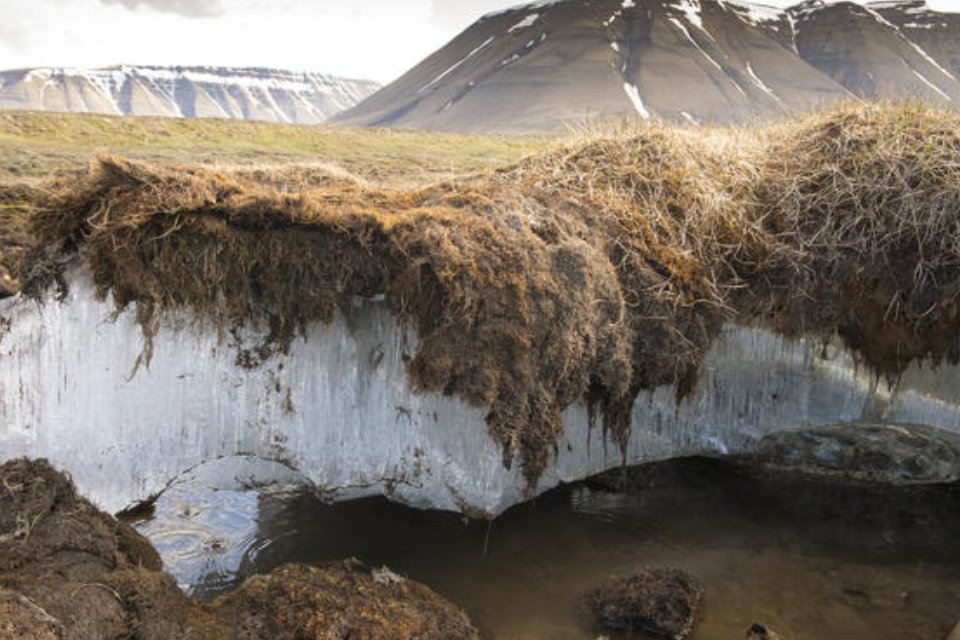HE concept permafrost refers to any soil that has remained frozen for at least 2 years in a row, but the phenomenon can extend to thousands of years. This layer covers large areas of the Earth and is most common in the polar regions. In light of this, the quest for a deeper understanding of the issue has broadened the debate about crises arising from the climatic effects of this melting on the future of the planet.
To explain better, permafrost is characterized by a combination of soil, rocks, and sediment held together by ice. It can be found both on land and below the ocean floor, varying in thickness from 1 meter to 1 kilometer, decreasing in depth as it occurs at low latitudes in the polar regions.
This frozen ground is about 25% submerged throughout the Northern Hemisphere and is mainly distributed in Greenland, Alaska, Canada, China, Russia and other parts of Eastern Europe. In the Southern Hemisphere, permafrost is more limited due to smaller soils that exist under Antarctica and in mountain regions such as the Andes in South America and the southern Alps of New Zealand.
However, this whole dimension, which is often “hidden” before our eyes, is at risk. Global warming leads to melting of permafrost; this threatens areas with greater coverage, including rising sea levels. This is the case of Alaska, where almost 85% of the US state lies on permafrost and is already facing the consequences of thawing.

The layer is even harder than concrete when frozen. Its melting promotes erosion processes that reshape the land, causing habitats, homes, roads, pipelines and other infrastructure to collapse and entire villages to be displaced.
In recent years, indigenous communities living in the Arctic region have had to be resettled, particularly along coastal areas, following constant landslides and rising waters. This is causing more and more tragedies as well as loss of life, as in northern Russia, where buildings have collapsed, and in Alaska, where roads have turned into a kind of roller coaster.

The disappearance of permafrost in Canada results in tens of millions of dollars being invested each year to contain the damage. Due to the affected natural and social systems, expert organizations warn that the issue should attract more attention with policies to combat climate change. Otherwise, public spending on containment must be greater than ever.
As a soil structure becomes more fragile, sediments spill into waterways. In this way, river and stream flows change and water quality can affect all aquatic life and water resources in cities.
It is worth noting that the extractive activities of minerals and oil in permafrost areas can leach into toxic substances on the surface and then be trapped in ice. Arctic permafrost has a natural reserve of mercury, which when released can diffuse through water or air, making access to drinking water difficult, for example.
Additionally, permafrost melting can release potentially harmful greenhouse gases and microorganisms that have been trapped in ice for thousands of years. It is known that bacteria and viruses from past geological times remain dormant in frozen soil, enabling the return of pathogens and new disease outbreaks that may threaten human health.
Scientific discoveries made in permafrost
Recently, researchers at the University of Aix-Marseille in France reactivated a group of viruses nearly 50,000 years old found from melting permafrost in Siberia. The goal is to study ancient microorganisms that can “come back to life” if they escape their icy confines.
While this is not considered a dangerous species, they warned that other viruses that were not so harmless in different ancient lands also managed to survive for ages and reached the surface due to the effects of global warming. In contact with humans, this could even lead to an as yet unknown epidemic.
Scientists also found a 2 million-year-old DNA set in Greenland, making it the oldest known genetic material on Earth. The analysis revealed that this ecosystem of the past faced extreme climate changes, for which species of the time had to adapt to a warmer than glacial climate.
Permafrost science in the context of climate change
Experts expect that genetic engineering will be able to mimic this adaptation system to prevent the extinction scenario of some species as a result of temperature increases. All of these notes led to permafrost melting being classified as one of the biggest issues of environmental concern by the United Nations Environment Program (UNEP) in 2019.
Therefore, the protection and monitoring of permafrost is fundamental to the treatment of climate change. For this, there are projects and satellites dedicated to this function, such as NASA’s Soil Moisture Active Passive mission, which checks where and how fast permafrost thaws.
Source: Tec Mundo
I am Bret Jackson, a professional journalist and author for Gadget Onus, where I specialize in writing about the gaming industry. With over 6 years of experience in my field, I have built up an extensive portfolio that ranges from reviews to interviews with top figures within the industry. My work has been featured on various news sites, providing readers with insightful analysis regarding the current state of gaming culture.













